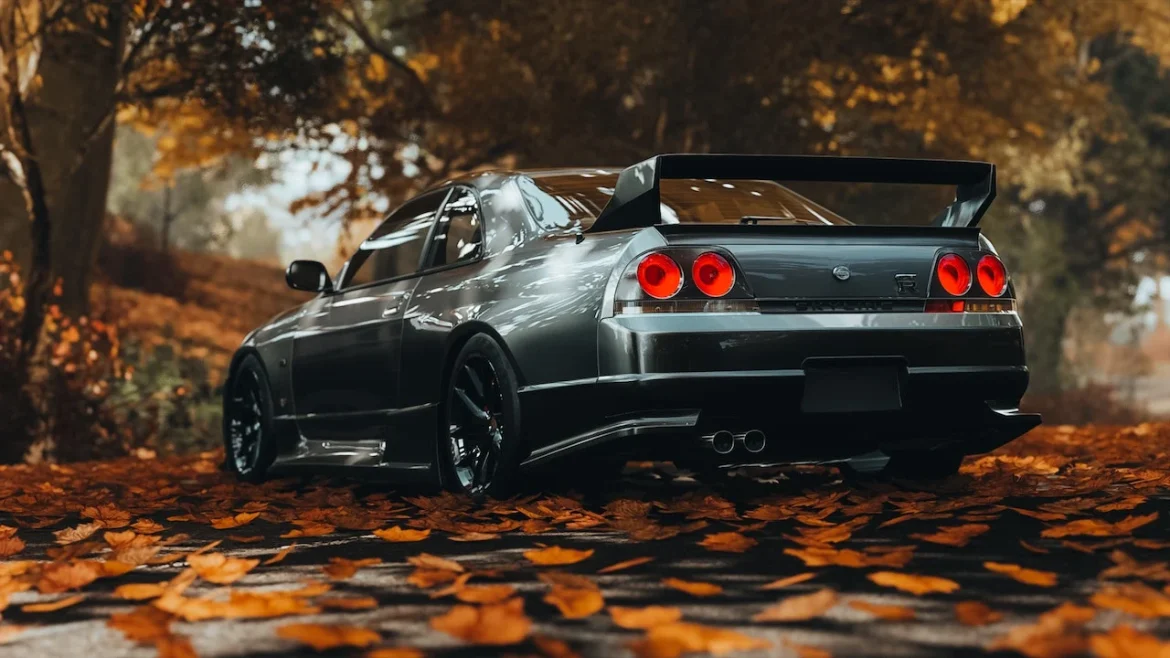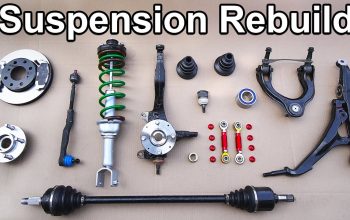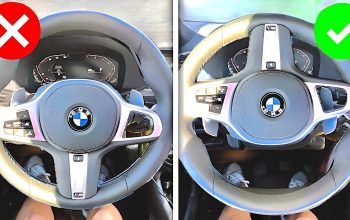What Is A JDM Car?
For those who want a little uniqueness in their automobile, why not pick something that was never sold in the USA, such as a JDM car?

Japan is known for its innovations in car design and automotive technology. In America, Japanese manufacturers often top the list of best-selling cars. But there are so many interesting cars that were sold in Japan that never sat on American dealership lots. These vehicles are known as Japanese Domestic Market (JDM) cars.
But what exactly is a JDM car? Let’s discuss what this means, as well as why some car enthusiasts may be compelled to park one in their garage.
What Does JDM Mean?
A Japanese Domestic Market (JDM) car is a vehicle that was only sold in Japan for its own market —not in America, Europe, Australia, or any other world market.
But over time, the JDM label has expanded to include cars that were also sold outside of Japan, just under different badges or for a different amount of time. Here are two examples:
- The S14-generation Nissan Silvia from Japan was also sold in the USA as the Nissan 240SX
- Japan still sold the FD-generation Mazda RX-7 in 1999, while this model generation was only sold in the USA until 1995.
But these broader instances are sometimes classified simply as Japanese imports instead of JDM imports. It can get a little confusing.
There are some amazing cars that were sold in the “rest of the world” (ROW), but never sold in the USA. A great example is the S15-generation Nissan Silvia; many markets got this car, but America did not. But if someone in the US wanted to buy an S15, it would make more sense to purchase one from Japan instead of another left-hand drive market like mainland Europe (the steering wheel is on the right side in Japan) because the cost would be lower and the condition would likely be better.
The Value That JDM Cars Possess
Some car enthusiasts seek out JDM cars because they are rare and fairly inexpensive for the features they offer. The lower cost is often because the used car market in Japan is saturated with a high volume of that type of vehicle, or the Japanese public doesn’t deem a particular model to be all that special.
The best example is a Kei car. This is a very small class of car specifically designed for the Japanese market. It features an engine with less than 660 cubic centimeters of displacement (though this requirement has changed over time) and overall size that makes it a very lightweight and environmentally friendly car that is easy to maneuver in the city. Japanese manufacturers made Kei cars in massive quantities throughout the 1990s, so Americans can import them for relatively cheap.
Not many small and lightweight cars that were also fun to drive were sold in the USA in the past 35 years, so importing an inexpensive Kei car can make the daily commute a little more enjoyable. Because they’re small, very lightweight, and possess revvy little engines, they’re often really fun and engaging to drive. The Honda Beat and Mazda Autozam AZ-1 are top examples that have become fairly common on American automotive enthusiast-centric classifieds for the same reasons.
What Are the Benefits of Buying a JDM Car?
There are several other benefits of buying a JDM car besides the amount of fun and uniqueness they offer for the price.
Reliability. Japanese manufacturers are renowned for building reliable, inexpensive-to-maintain vehicles. When choosing between importing a European car that was never sold in the USA or one from Japan, reliability and long-term costs may be a deciding factor. Considering that maintenance and replacement parts availability might be tough, it may make more sense to choose the car that has a higher probability of being cheaper to run.
Potential Resale Value. Importing a JDM involves cost negotiations, following strict automotive regulations, and several import fees. Many buyers would rather not go through such trouble and are happy to pay a premium to current owners in the US to buy one of these unusual cars.
Better Powertrains. It’s not uncommon for enthusiasts to import a JDM car simply because of the engine under the hood. A great example is the ‘90s Mazda Eunos Cosmo 20B; this car came from the factory with a very powerful rotary engine, ready for some substantial aftermarket modification. Another popular JDM is the aforementioned S14-generation Nissan Silvia, which came with a much more powerful engine under its hood than the S14-generation Nissan 240SX sold in the USA.
Impressive Design. There are a lot of JDM cars out there that simply look really cool. They might look sporty, quirky, boxy, understated, regal, or all of the above. People love the Nissan Figaro because it’s a quirky, eye-catching coupe to ride around in. Then there’s the Toyota Chaser; It’s an understated high-performance sedan that is both a good value and fun to drive.
Better condition. Japanese laws are very strict about vehicle maintenance—car owners must keep vehicles in reliable, safe condition—so there’s an increased possibility of finding very well-maintained or even low-mileage JDM cars that will provide many more years of faithful service. But as with any used vehicle purchase, it’s still important to have a JDM car inspected, and also to make sure to do thorough research to confirm the car is in good shape.
JDM Car Summary
Buying a JDM car offers drivers a chance to drive an unusual, often high-performance vehicle that will get much more attention than other vehicles sold in the US. It may not be as easy to import a JDM, but the value and enjoyment from driving one may be worth the effort.




